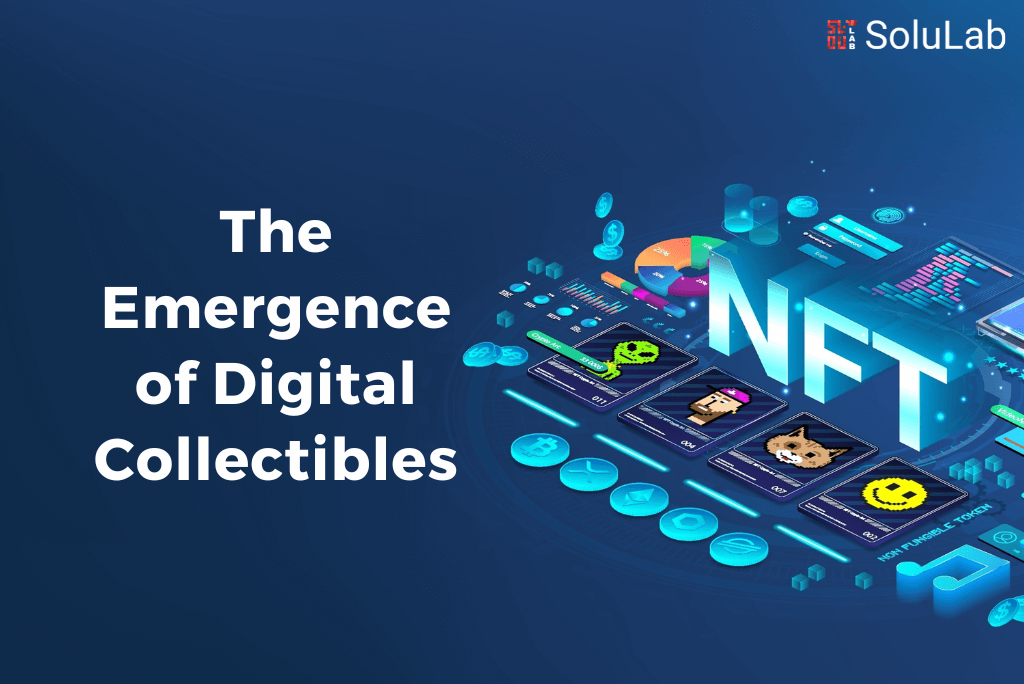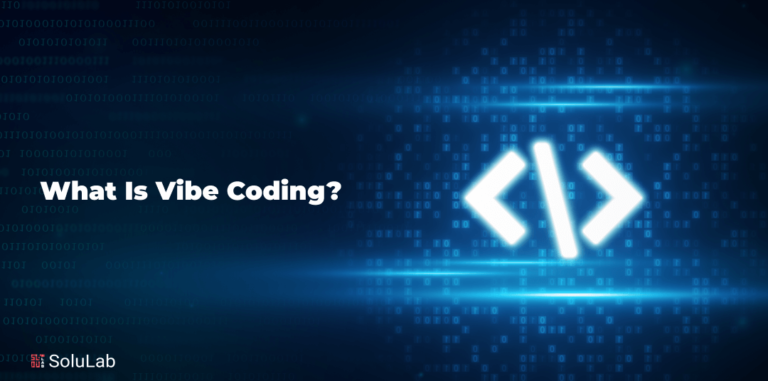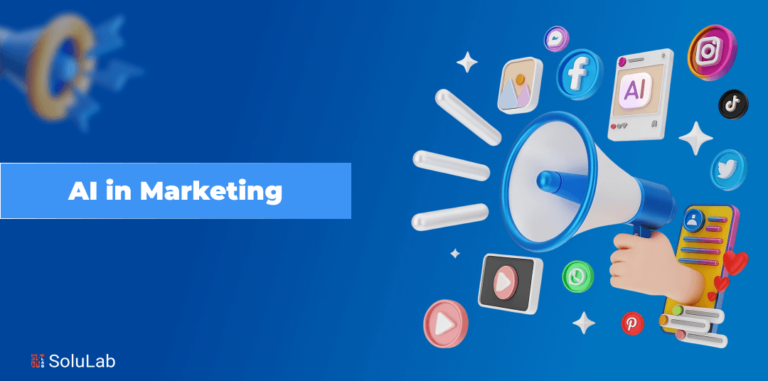
Blockchain has been quite popular for the past several years, yet some questions keep on provoking us, like What exactly is the blockchain? How does it work? How can it address our problems? Well in this context we will be discussing all these questions, followed by the issues faced in the mass adoption of digital collectibles and the applicable solution to it.
What’s a Blockchain?
Every block contains some data, the hash of the block, and the hash of the preceding block. The type of blockchain determines the type of data provided in the block. For instance, the bitcoin blockchain contains the details related to a transaction, such as a sender, receiver, and the number of coins. A block also has a hash. One can compare a hash with a fingerprint. A hash identifies a block and its content and is always unique in the same way as a fingerprint. When a block is created, its hash is calculated. Modifying anything inside a block will change the hash also. In other words, hashes are useful when we detect changes in blocks. In case the fingerprints of a block change, it is no longer the same block.
The third entity in every block is the hash of the preceding block. This creates a chain of blocks which is more effective and it’s this technique that makes blockchain secure and immutable.
Let us now observe how we apply them.
Let us consider a situation where A needs to send money to B, and each of them has a private key and a public key. A adds cash to a digital wallet(Let us say Bitcoin) and allows the money to be sent using an encrypted digital signature. The requested transaction is broadcasted peer-to-peer network utilizing the Public key. Computers in the connected network verify and validate the transaction. The transaction is done, and money is moved to B. The new block is added to the existing blockchain.
Read also: Displaying NFTs: How Best To Show Off Your Collection
There are several uses where one can use blockchain, whether it would be as a medium for payment, healthcare, online gaming, or exchanges one names it the categories for blockchain seems infinite.
Is it safe to invest in digital assets?
Earlier, we discussed how blockchain works and the unique identifier as to how secure it is. In 2018, an estimated 1.8 billion people worldwide ordered goods online, and how one wished none of those 1.8 billion people had not been scammed or phished for their deliverables. It is disappointing to say that online shopping fraud attacks reached 30% in 2018, because of a lack of security on behalf of the platform itself and integrity coming from the sellers. Being a customer/buyer, we always need to double-check our transactions and research that specific seller for legitimacy, obviously it’s our duty, not anyone else’s!
Because of this, the blockchain platform can be a solution for such cases, and unifying it with day-to-day activities such as shopping, payments, etc. is something that will be beneficial for both customer and seller.
The collaboration between Digital Collectibles and Blockchain
To put it in simple terms we all are aware that purchasing collectibles have been done earlier, one can on the one hand either purchase it online and pray that your goods will safely arrive at your doorstep or meet up with the seller itself. Usually, this has been the process, but then comes digital purchasing, which is much more attractive for the majority of us.
In a time when E-Sports and MMORPG/MOBA/RPG is growing immensely, purchasing digital items which represent that experience or as a sign of admiration for that particular character, product, event, etc. is reasonable if you’re a die-hard fan.
Read also: Digital Collectibles in Sports — Observations & Use Cases
It is significant to mention that there exist others on the blockchain. Two of the better-known ones are Crypto Kitties and Crypto Kaiju.
Challenges in the adoption of Digital Collectibles
Crypto Kaiju, Crypto Kitties, Blockchain Cuties, Chibi Fighters, Crypto Birds, etc. are all instances of digital collectibles on the blockchain. Although, all of these lack a few vital aspects to reach the mass market.
- The Ethereum network gets clogged easily.
- Collectibles have typically revolved around significant media/entertainment brands; niche collectibles have rarely acquired market share.
- The more significant portion of the world is not familiar with blockchain fundamentals like wallets and transactions.
- Having to own Ether to buy or trade collectibles adds a speculative risk.
A solution to the adoption of Digital Collectibles:
The game exists on GoChain, which has a far higher throughput than Ethereum and can, therefore, manage much higher user traffic.
- The key benefit the game has is that it is collaborated with major global IP brands and aims to give people the most bought physical collectible brands as NFTs.
- Users can buy collectibles with fiat. This fiat is turned to GO-721 tokens in the back end without considering their knowledge of wallets and blockchain transactions.
- The ability to buy and sell collectibles with just fiat makes the platform a lot more user-friendly as the speculative nature of tokens is eliminated.
When this project comes to live, it will be effective for the Blockchain community because of the reason that globally recognized brands like IBM will be able to use Public Blockchain Platforms like GoChain that will enable the establishment of better coordination between the Public and Private Blockchains
Conclusion
At present, gradually, blockchain is being included in various aspects of different projects. This is a positive sign since companies are exploring alternative ways to conduct their services and products in a better way. It can be stated that educating people about blockchain is one way to deliver adoption. The more informed they are, then they are more likely to understand, participate, and apply in almost everything which will be beneficial in the long run.
Blog Credits: Medium




